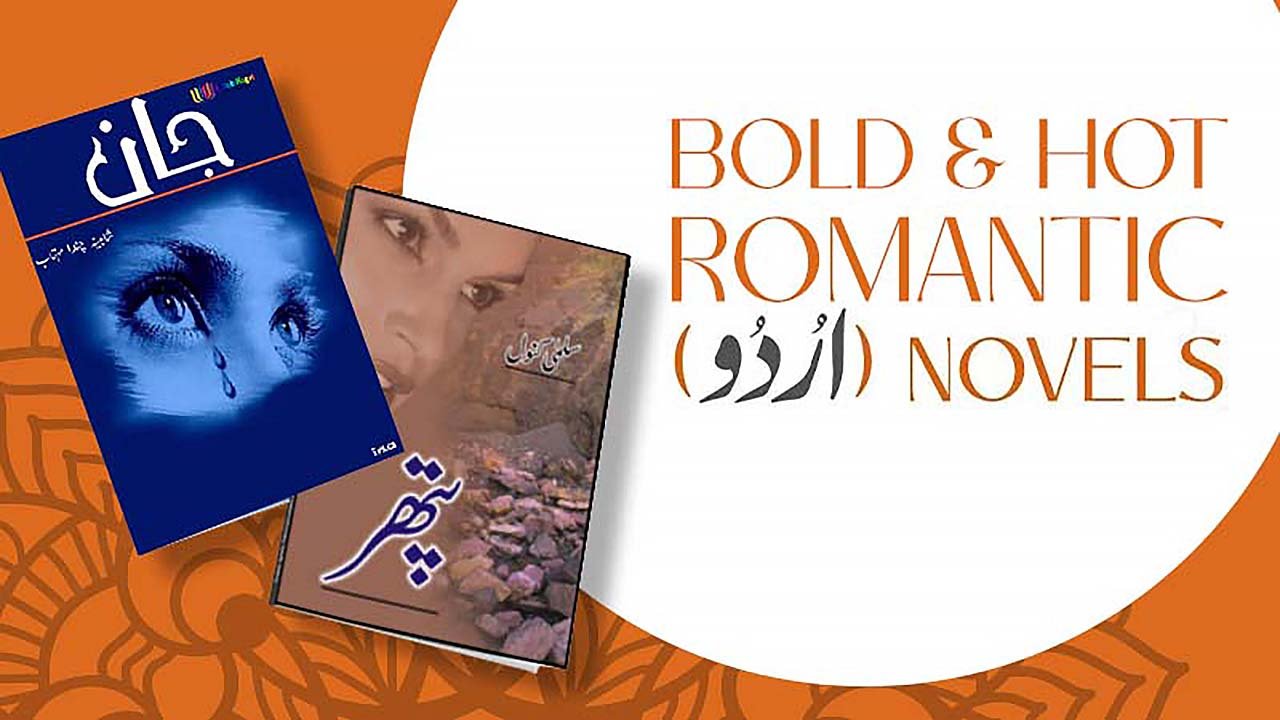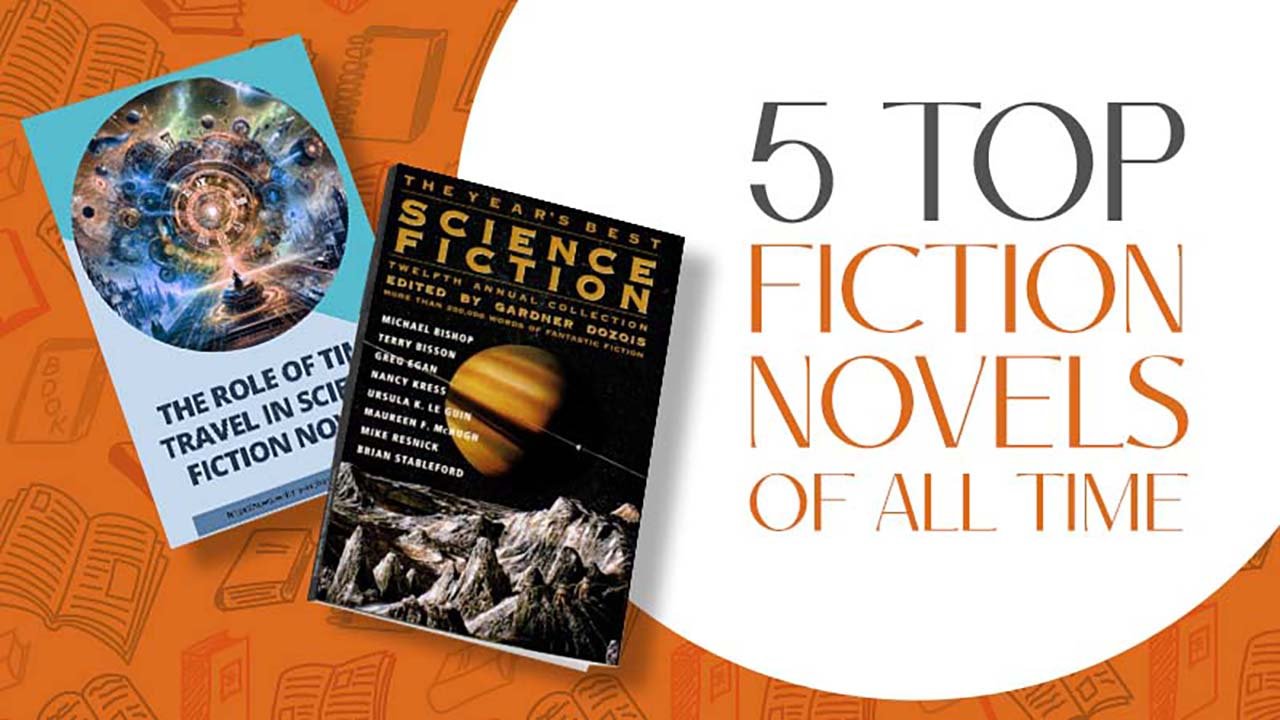

Genre Guides: Dive Deep into Your Favorite Category
What is Genre in Literature?
According to Oxford Research Encyclopedias, genre describes a “grouping of texts related within the system of literature by their sharing recognizably functionalized features of form and content.” Essentially, genres help categorize literary works that share similar traits.
What are the Four Major Categories of Genre?
Different types of genres are Nonfiction, Drama, Poetry, Fiction Traditionally, there are four broad categories of genre,They include:
Fiction: Imagined or invented literature is called fiction, Examples of fiction titles include “1984” by George Orwell.
Nonfiction: It refers to fact-based works. Some nonfiction titles include “How To Win Friends And Influence People” by Dale Carnegie and “Reimagining Pakistan” by Husain Haqqani
Poetry: It is defined as “literature that evokes a concentrated imaginative awareness of experience or a specific emotional response through language chosen and arranged for its meaning, sound and rhythm.” Poetry incorporates poetic elements and encompasses the work of writers like Maya Angelou, Robert Frost, Ocean Vuong and William Shakespeare.
Drama: Dramatic literature refers to texts of plays that can be read for their literary value as well as performed. Dramas include stage directions and specific formatting not found in prose or verse. Some of the best dramas are Shakespeare’s plays, like “Hamlet”.
Although most books fall into at least one of these four categories. For example, a verse novel combines fiction and poetry, like “The Poet X” by Elizabeth Acevedo. There are also novels that combine elements of fiction with nonfiction, including novels based on real experiences and historical fiction. Many classic dramas, such as Shakespeare’s plays, also include elements of poetry.
What are the Genres of Fiction?
It is typically organized by the age of its prospective audience. These categories include:
Children’s Literature: Many classic examples of children’s literature are picture books, including “The Little Prince” by Antoine de Saint-Exupéry. Most picture books are intended for children up to seven years old.
Middle Grade: The middle grade books are typically for children ages eight through 12, or in third through sixth grade. Some middle grade books are “The Girl Who Drank the Moon” by Kelly Barnhill.
Young Adult (YA): YA books are intended for readers between 12 and 18 years old. Some examples include “The Hunger Games” by Suzanne Collins.
Adult: Adult books are for readers over 18 years old and often include more mature themes. Example: “King Of Sloth” by Ana Huang.
There are a few other ways that fiction can be divided and discussed.
Mimetic fiction: Mimetic fiction is sometimes called realistic fiction. This wide category encompasses all fiction that takes place in the real world.
Speculative fiction: Speculative fiction refers to genres not based in reality, including work with magical, supernatural or otherwise imagined elements. Essentially, speculative fiction is the opposite of mimetic fiction. The category includes subgenres like fantasy, science-fiction, dystopian fiction and more.
Commercial fiction: Fiction that has mass appeal is often referred to as commercial fiction. Because of its wide appeal, commercial fiction tends to be extremely popular.
Literary fiction: “Literary fiction is character-based fiction,” . literary fiction is typically mimetic and focused on themes and symbols.
What is Genre Fiction?
An infographic piece with the text genre fiction and 5 types stemming from it: fantasy, horror, thriller, romance, historical fiction Genre fiction can be either mimetic or speculative, and typically each genre centers around specific themes or topics. genre fiction is usually plot-based, commercial fiction. Some examples of genre fiction include:
Fantasy: fantasy “invites suspension of reality.” The genre encompasses stories that wouldn’t happen in real life, often set in another world or including magical elements. Examples include “Ninth House” by Leigh Bardugo and “Norse Mythology” by Neil Gaiman
Historical fiction: Historical fiction takes place in a historical setting. Some examples of historical fiction include “The Prophets” by Robert Jones, Jr. and “The Four Winds” by Kristin Hannah.
Horror: “IT” by Stephen King, “House of Hollow” by Krystal Sutherland and Jay Kristoff Empire Of The Vampire’s books are all under the umbrella of horror. These books are intended to frighten audiences and elicit a feeling of dread.
Thriller: Thrillers gradually build anxiety and suspense. Examples of thrillers include “Gone Girl” by Gillian Flynn and “The Silent Patient” by Alex Michaelides.
Romance: It refers to optimistic and emotionally satisfying stories that focus on a central love story. “The Love Hypothesis” by Ali Hazelwood and “Red, White and Royal Blue” by Casey McQuiston are both romance novels.
What are the Genres of Nonfiction?
A visual of stacked books with the text biography, history, textbooks, business, memoir, true crime, self-help. If you’re interested in learning about the world or you want to share your knowledge with others, nonfiction will likely be your genre of choice. some types of nonfiction and their definitions include:
Biography: Biographies tell the story of a notable person’s life, written by someone other than the subject. Some examples are “Dua Lipa” by Caroline Sullivan, which tells the story behind the rise of a new pop icon, and “Queen Elizabeth 2” by Jane Eastoe
Food and travel: Cookbooks, food history books, travel guides and travel memoirs all fall under this category.
Memoir: Stories from an author’s life that offer a firsthand account of events are called memoirs. According to Reader’s Digest, some highly-recommended memoirs include “I Know Why The Caged Bird Sings” by Maya Angelou.
True crime: True-crime books describe real events from actual crimes or unsolved mysteries.
Self-help books: A self-help book is one that is written with the intention to instruct its readers on solving personal problems like “Atomic Habits” by James Clear and “Find Your People” by Jennie Allen
Business: These books are about the management and running of a business, or in the financial aspects of a business. Titles in this genre include how-to, step-by-step instructions about things one would need to know to start, own, and run a successful business. For example “The Intelligent Investor” by Benjamin Graham.
History: This genre helps us understand the past so we can build a better future. From the American Civil War and two World Wars, to the Cold War and the Vietnam War, there is a vast selection of titles about the conflicts that have shaped our world.
Philosophy: This genre is about the fundamental nature of knowledge, reality, and existence as an academic discipline. The books in this genre also explore fundamental truths about one’s self, the world, and their relationships.
Genres are a great way to explore different types of literature and find books that you’ll enjoy. If you’re not sure what genre you like, or if you’re looking for something new to try, this guide will help you. Discover your favorite category with this genre guide. So start exploring today and discover a whole new world of books to enjoy at Books Turner!
Related Articles


5 Top Fiction Novels of All Time – Must-Read Classics for Every Reader

